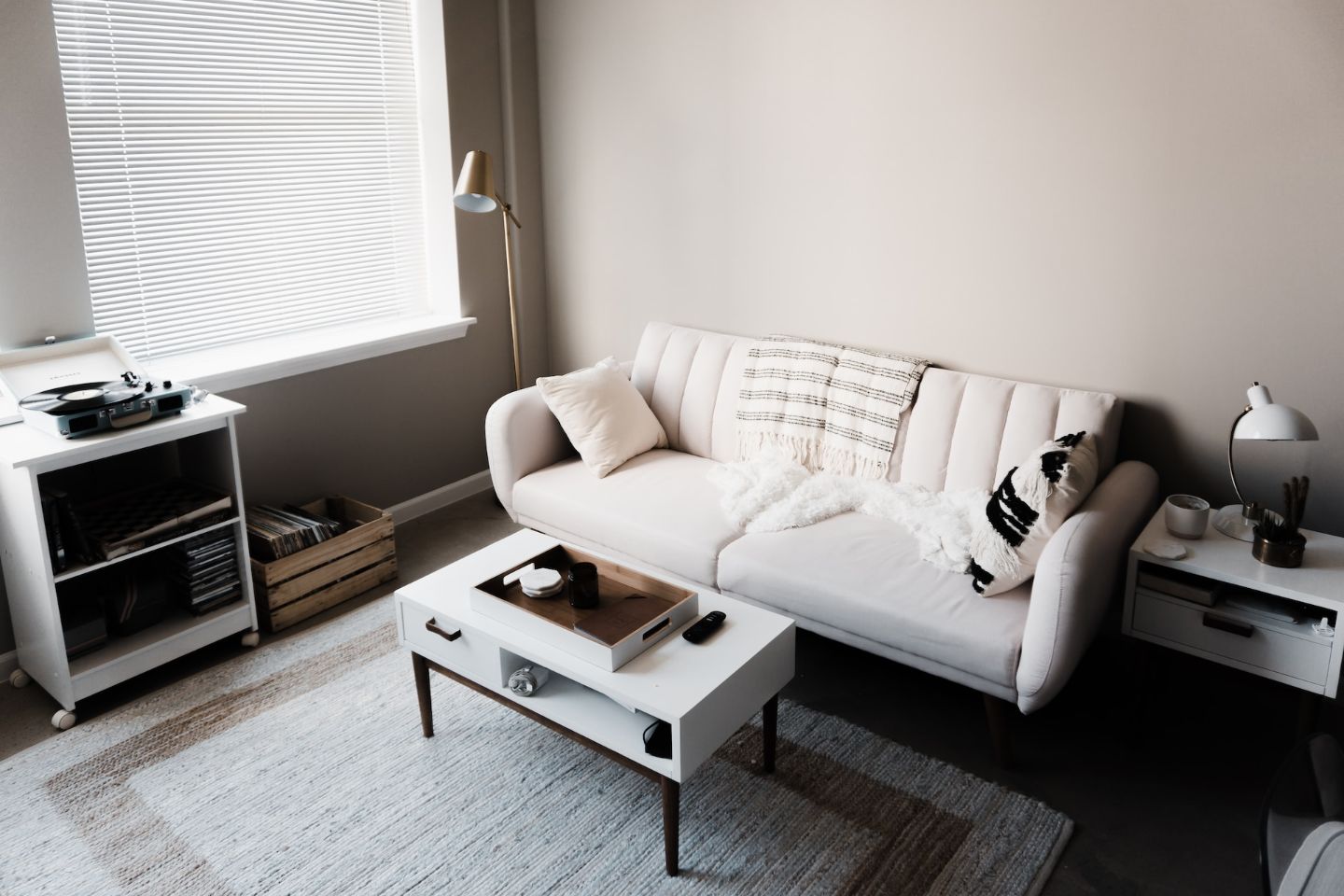Tags – Types of HRV Systems
Heat recovery systems (HRV) are all the rage at the moment.
Mainly due to the fact that buildings today are becoming more and more airtight, meaning additional mechanical ventilation is required to avoid condensation, mould and odours.
Whilst they can come in a variety of different forms, they all involve some kind of heat exchanger.
So, it can get a little confusing as to which one you need, especially when suppliers all claim theirs are the “best”.
Before we jump into the different types of HRV systems, let’s take a look at why we need to recover heat.
Why Do We Need To Recover Heat?
Modern homes are built to much higher technical standards compared to buildings constructed a few decades ago.
And, they are far more energy efficient thanks to better heat insulation.
The way this has been achieved is buildings today are more airtight, meaning they hold onto the heat put inside them for much longer.
However, there’s a downfall to this: buildings need regular air changes to keep occupants healthy.
It may seem obvious, but baths, showers, washing the dishes, washing machines, drying clothes indoors and even breaking produce a lot of water inside our homes.
In fact, Vaillant, a ventilation manufacturer, found that a typical family will produce around 10 – 15 litres of moisture every day!
And if you just ignore this, you risk running into problems such as mould and mildew, dust mites and health issues like asthma.
Of course, there’s the simple solution of simply opening windows and doors to get rid of this moisture and bring in fresh air.
But if you’re doing this during the winter, all the expensive heat you’ve paid for to warm up your home will just get blown away.
On the other hand, if you live in an older house, this problem is solved as it will already be well-ventilated.
But unless it can hold heat, your home is probably freezing cold.
The solution?
HRVs!
Essentially, these are like noses on your house, with two ducts: one that carries cool, fresh air in and the other that carries moist, stale air out.
6 Types of HRV Systems
Now that you know why you should recover heat, let’s take a look at 6 different types of HRV systems.
1. Thermal Wheel Units
Out of all the types, thermal wheel units are the biggest in size and therefore have the largest air recovery efficiency.
In its construction, they are made up of two big wheels with a honeycomb array; one half brings in fresh air from outside and the draws in stale, moist air.
Then, these wheels turn in opposite directions, where the energy from the stale air is transferred to the fresh air, warming it up.
Normally, the wheels are made from aluminium. But, they can be made from a range of materials, including plastic and even paper.
Positively, thermal wheel units are highly efficient and more likely to provide a quicker return on investment when set up properly.
Finally, the speed of the rotation of the wheels and the amount of energy transferred, can be controlled to adjust the temperature of the air that is passed back into the home.
2. Plate Heat/Recuperator Technology
Plate heat or recuperator technology is more common than thermal wheel units, simply because they can be employed on a smaller scale.
Simply, it consists of a box with a series of parallel surfaces that are made from metal or plastic, then moving the energy while heating it up.
As such, the airflows are divided by these plates and have no contact with each other, as a result, making it an efficient system because of how thin and conductive the plates are.
At their best, plate heat systems have an efficiency of around 70%
3. Heat Pumps
Heat pumps work by capturing heat from one section of the home then moving it to a different location.
Essentially, they work the same way as a refrigeration device, and can be used to warm up and cool down the air.
Available in different varieties, heat pumps can draw heat from outdoor air, as well as from the ground by using a network of pipes.
4. Run Around Coil/Closed Loop Technology
This type of HRV system can be applied to an existing air monitoring system.
And usually, it contains two coils that are joined to each other by a pumped array of pipes.
Typically, water is used to charge the circuit, picking up heat from the external pipe and then moving it to the reserve air coil.
Moreover, these systems are normally used where the two air streams are not close enough for more efficient systems, such as thermal wheel or recuperator technology.
In terms of efficiency, it usually presents a maximum of up to 50%
5. Heat Pipe Technology
Heat pipes require the least maintenance of all the HRV systems.
However, they can only be used where air handling is done in one system.
To put it simply, it comprises a tube system with a refrigerant to exhaust the heat from the external air and transfer this to the reserve air.
Vertical pipes use the evaporation of the refrigerant to move the heat, whereas horizontal ones incorporate wicks within the pipework, which also allows the transfer of refrigerant; vertical arrays are 25% more efficient than horizontal ones.
6. Boiler Flue Economisers
Last but not least, boiler flue economisers can now be fitted on new boilers.
However, they can also be fitted to older models and capture the heated vapour, which can then be used in a number of ways to improve boiler efficiency.
In most cases, you can achieve 5 – 15% efficiency, by condensing or non-condensing gas-to-water systems.
For more information, please get in touch today.
In the meantime, take a look at our commercial air conditioning solutions here.
You may also like:



